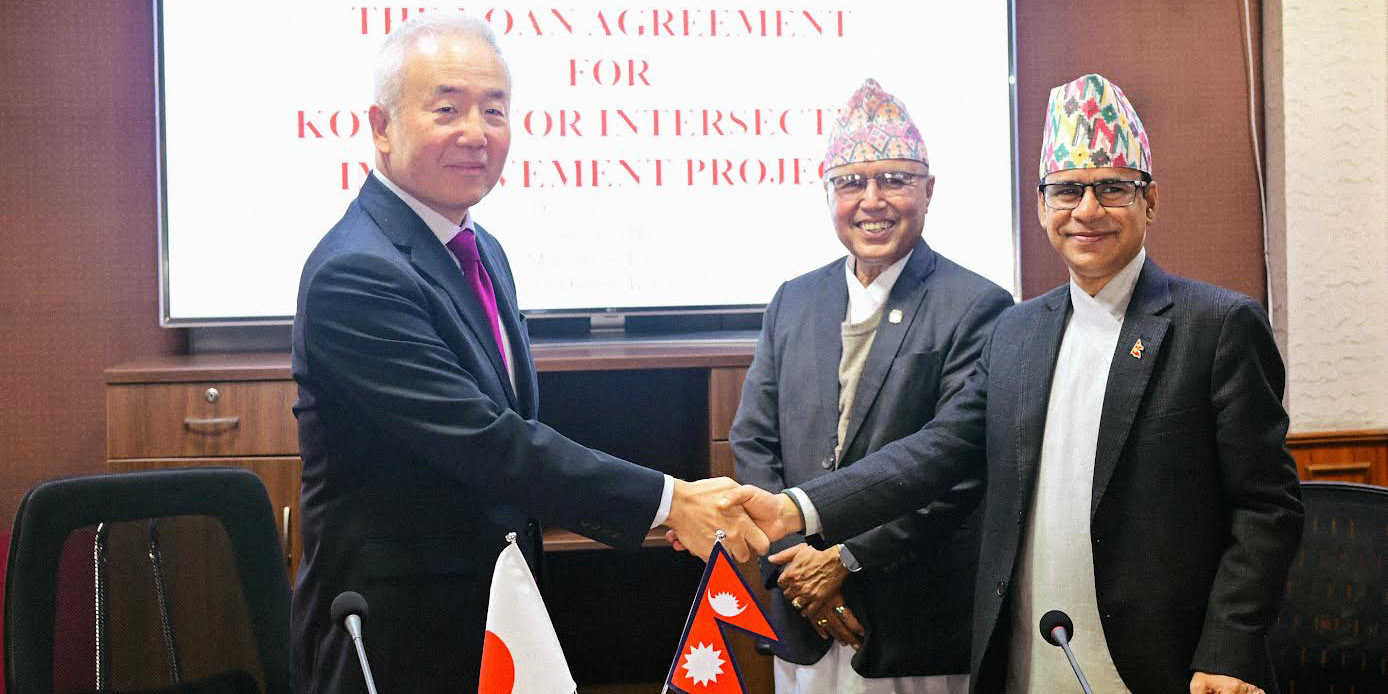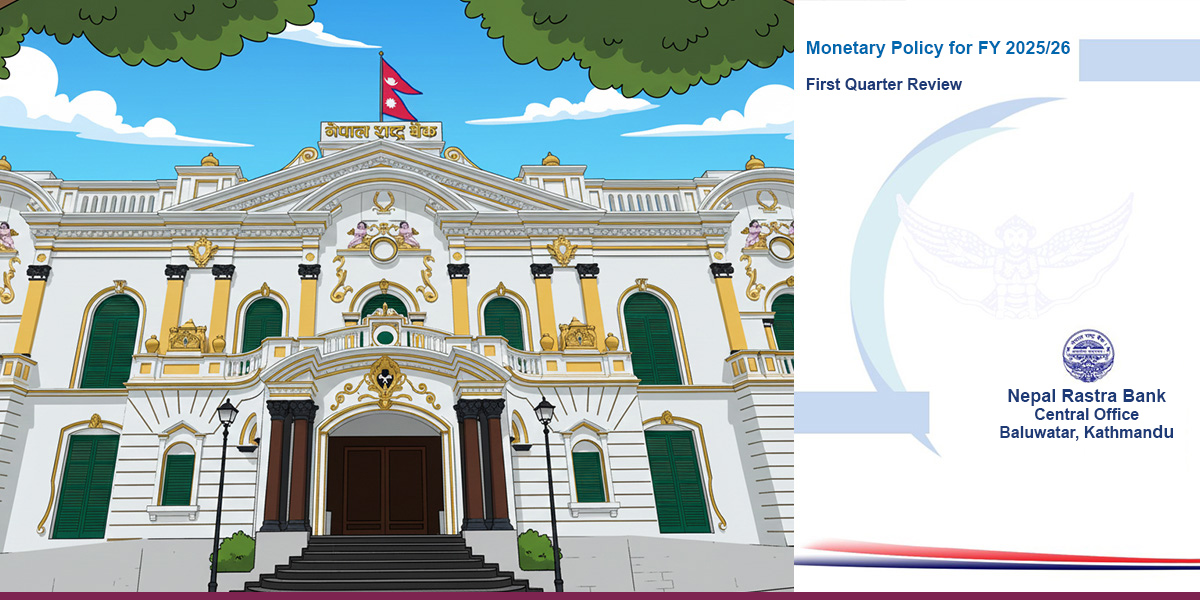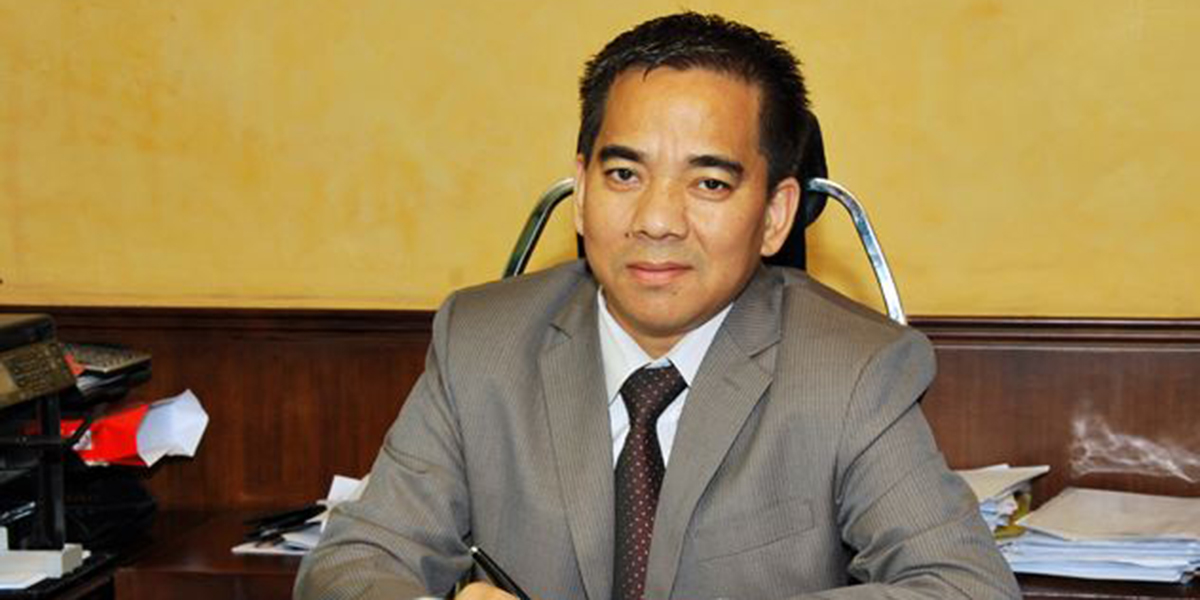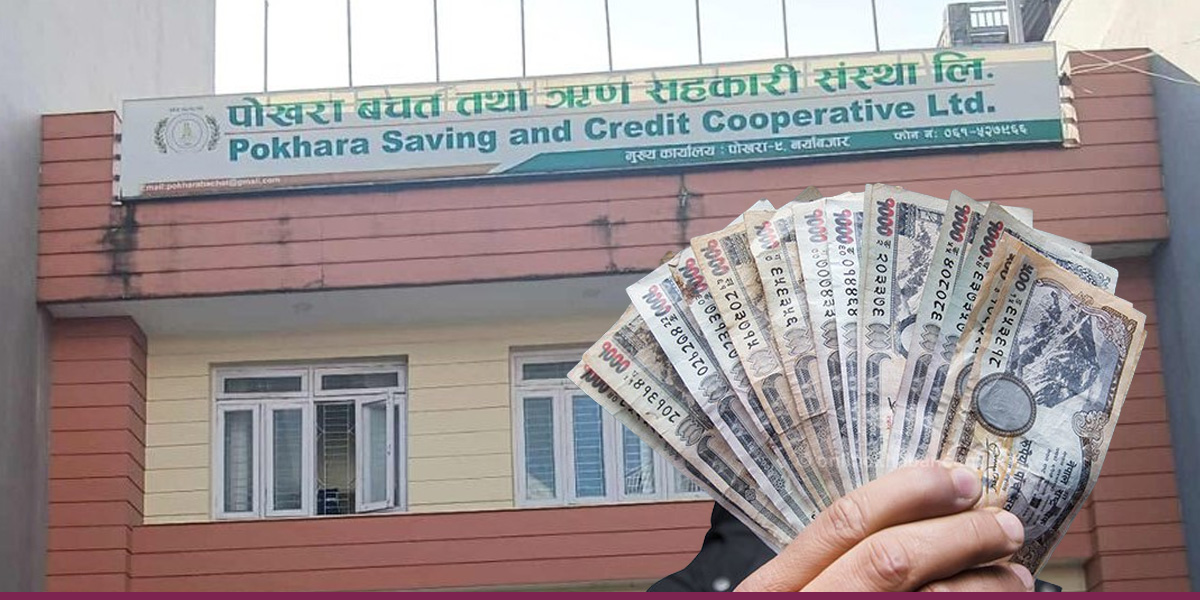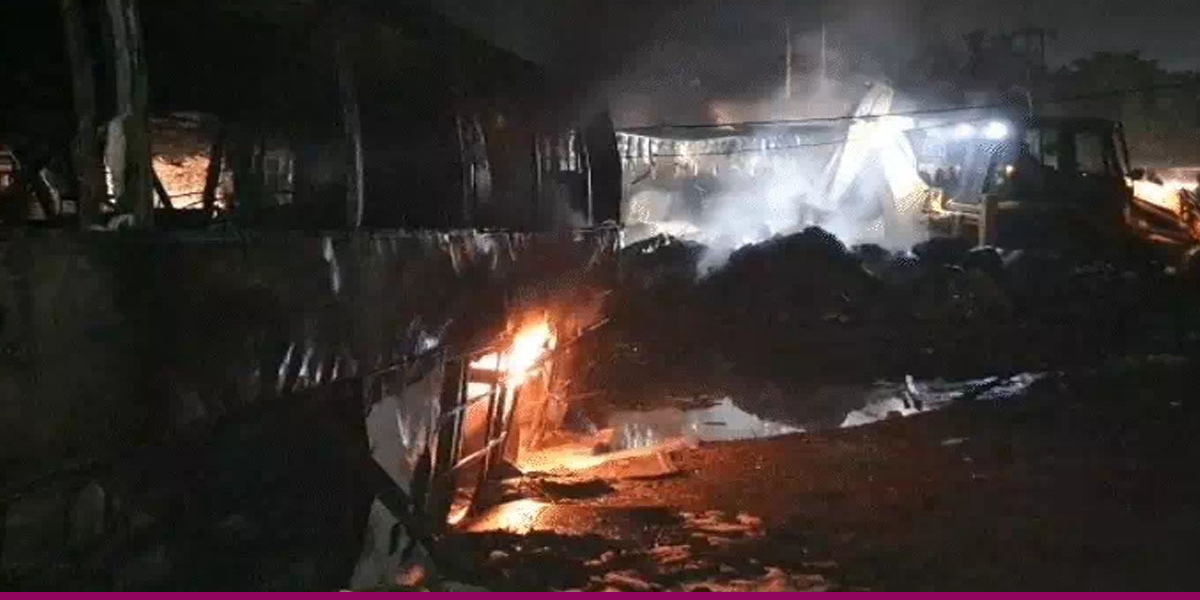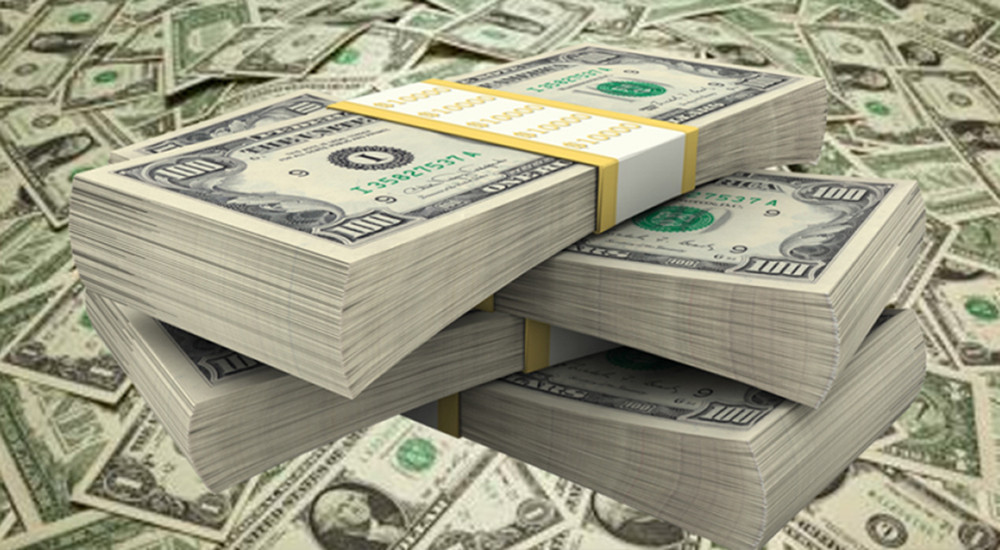 File Photo
File Photo
KATHMANDU: Nepal’s foreign exchange reserves expanded by Rs 191.18 billion to Rs 2,232.28 billion in the first quarter of fiscal year 2024/25. This is a growth of 9.4% compared to Rs 2,021.10 billion at the end of the previous fiscal year i.e. mid-July.
In US dollar terms, foreign exchange reserves expanded by $1.33 billion to $16.60 billion, representing an 8.7% growth compared to mid-July.
According to the central bank, the current reserves are sufficient to cover 17.6 months of merchandise imports and 14.6 months of merchandise and service imports based on the import figures of the first quarter of 2024/25. The Current Macroeconomic Situation Report published by the Nepal Rastra Bank (NRB) on Tuesday shows the reserves-to-GDP ratio stands at 39.1%, while the reserves-to-total imports ratio is 121.9%.
The country’s foreign exchange reserves have been expanding in recent months due to a healthy growth in remittances inflows and a slowdown in imports. Remittances inflows increased by 11.5% to Rs 407.31 billion in mid-September compared to the same period of last year. In US dollar terms, remittance inflows increased to $3.04 billion from $2.76 billion in mid-September last year.
According to the central bank, merchandise imports decreased by 4.2% to Rs 390.75 billion in the first quarter of 2024/25, contrasting with a 1.7% rise in the corresponding period of the last fiscal year. Imports from India, China, and other countries declined by 3.9%, 1.5%, and 7.9%, respectively. While imports of transport equipment and edible oil rose, there was a sharp decline in imports of gold, petroleum products, and electrical equipment.
Foreign exchange reserves started improving after the government banned the import of 10 luxury and non-essential goods in the last week of April 2022. The decision was taken to stop the depletion of foreign exchange reserves which shrunk by 16.3% of the first eight months of 2021/2022. The gross foreign reserves, which were at Rs 1,399.03 billion in mid-July 2021, declined to Rs 1,171 billion in mid-March 2022.
The government banned the import of products like readymade liquors (excluding raw materials), readymade cigarettes and tobacco products, snacks like Lay’s potato chips, diamond (excluding those used as industrial raw materials), mobile sets costing more than $600, color televisions over 32 inches, and jeeps, cars, vans and motorbikes (above 250 cc).
The ban was lifted in December 2022. Foreign exchange reserves had improved to Rs. 1246.27 billion and the external sector of the economy had strengthened. However, the ban led to a slowdown in domestic demand which has affected imports and ultimately strengthened foreign exchange reserves which has nearly doubled compared to Rs 1,171 billinon in mid-March 2022.

 Himal Press
Himal Press 